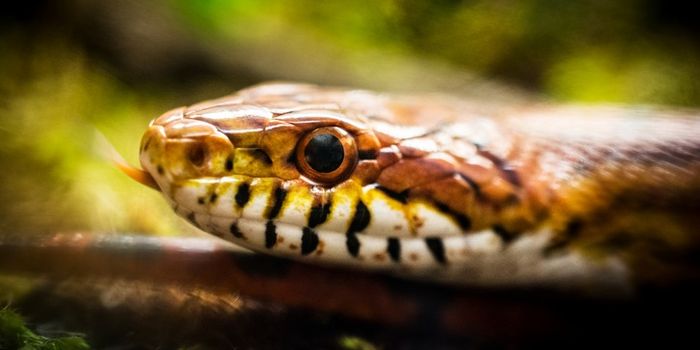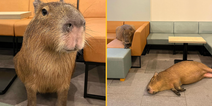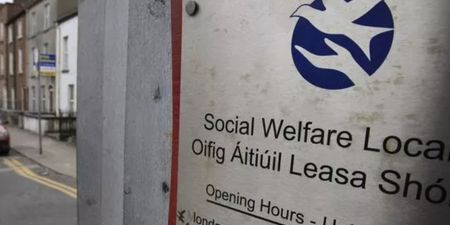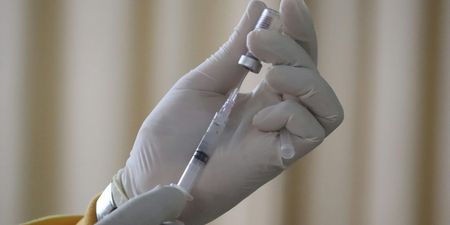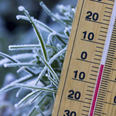The snake, named Albert, is believed to have escaped from its previous owner.
A snake named Albert was recently rescued by an ISPCA inspector after going on the loose in south Tipperary.
The snake, a corn snake, is believed to have escaped from his previous owner and is currently quarantined to monitor him for diseases and to help reduce his stress levels.
The ISPCA are under the assumption that Albert (pictured below) escaped from its previous owner – corn snakes have a reputation for escapology – and are urging snake owners of the need to do their research and to ensure the animal is being kept in the proper conditions.
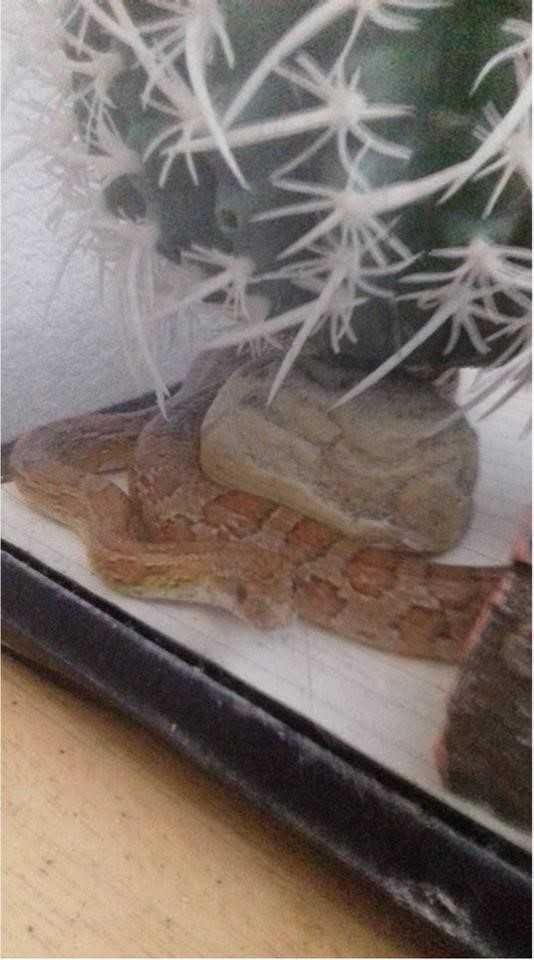
Corn snakes, and other exotic animals, the ISPCA warn, have incredibly specific housing needs and the security of their enclosures need to be frequently monitored to prevent escape and protect their welfare.
Native to the south-east of the United States, corn snakes are possibly the most popular pet snake types, due to their size, docile nature and colourful bright red and orange markings. Corn snakes typically grow to a size of 120 cm to 190cm and live for between 10 and 15 years.
Commenting on the rescue of the snake in Tipperary, ISPCA Chief Inspector Conor Dowling said: “Corn snakes are one of the easiest reptiles to keep in captivity but even they require very specialised housing, feeding and care.
“The ISPCA would like to see stricter controls over the sale and keeping of exotic species including a ‘positive list’ of species which are permitted to be bred, sold and kept as pets based on their welfare needs and whether they pose a risk to human health or the environment if they escape or are deliberately released.”
A ‘positive list’, referred to by Dowling, is a list of species that can be bred, sold or kept and is the single most effective and efficient measure to reduce the suffering of exotic animals being kept unsuitably as pets in Ireland and the rest of Europe.
Many species have highly specialised requirements in terms of housing, feeding and care and it is therefore difficult to provide a suitable environment and to meet their welfare needs. Some exotic species also pose a risk to public health and may become invasive and cause damage to the environment if they escape or are deliberately released.
For more information on keeping corn snakes, check out the ISPCA website.
LISTEN: You Must Be Jokin’ with Aideen McQueen – Faith healers, Coolock craic and Gigging as Gaeilge
